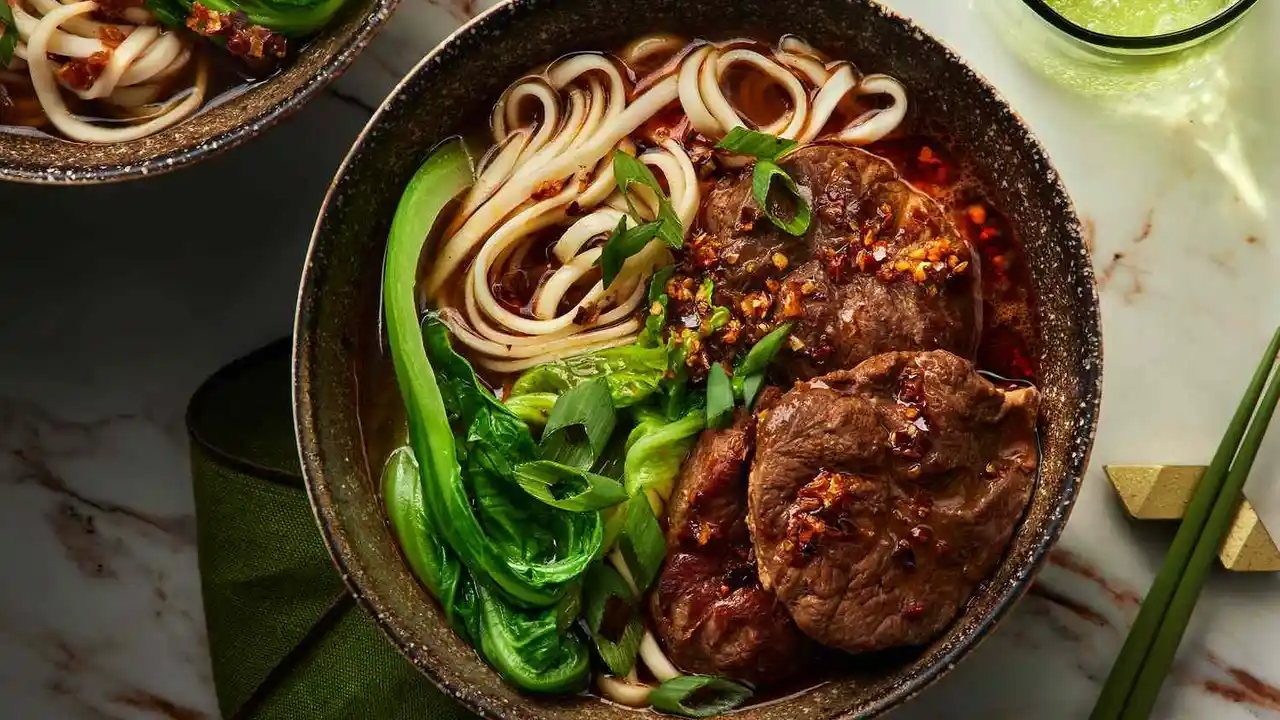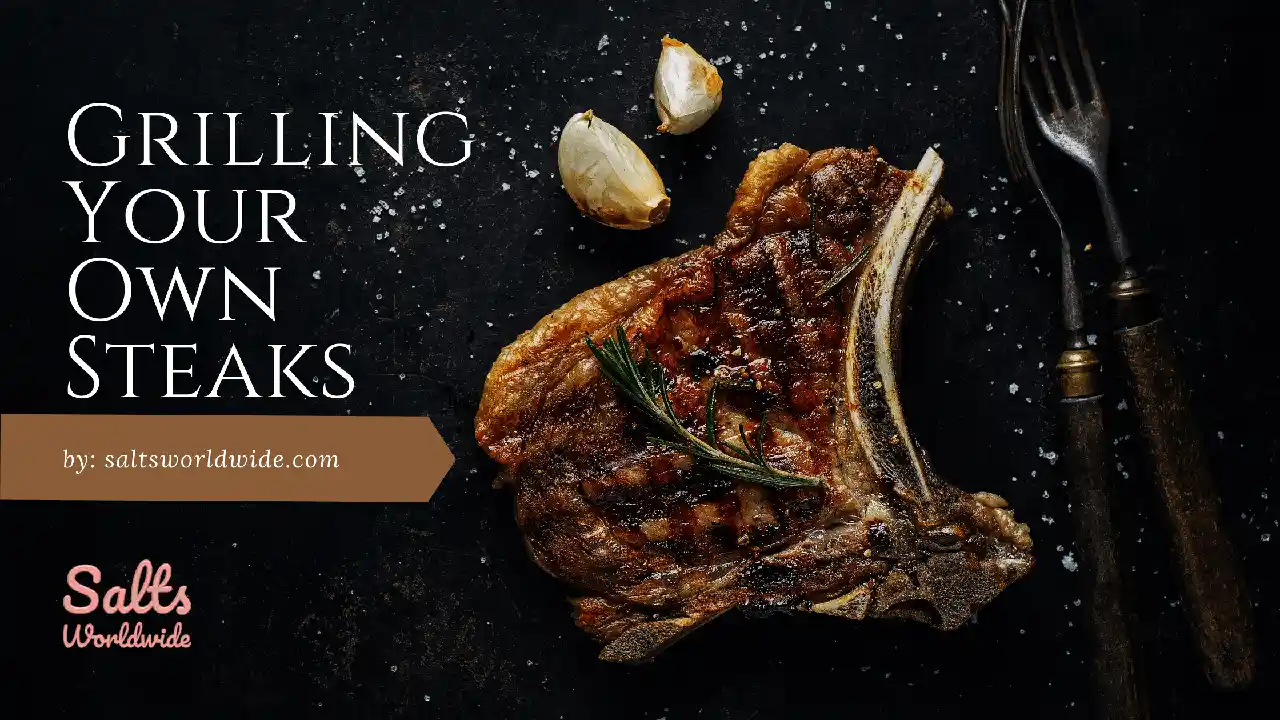Taiwanese Beef Noodle Soup: A Culinary Comparison
Sample meta description.

A Deep Dive into the World of Taiwanese Beef Noodle Soup The Ultimate Guide
Okay, folks, let's talk about something near and dear to my heart (and stomach): Taiwanese Beef Noodle Soup! We're not just talking about any old noodle soup here. This is a culinary experience, a symphony of flavors, and a national treasure all rolled into one steaming bowl. Forget your instant ramen; we're diving deep into the rich, complex world of *Niu Rou Mian*.
The History of Taiwanese Beef Noodle Soup A Cultural Journey
So, where did this magical dish come from? Well, the story goes that it evolved from various mainland Chinese beef noodle dishes, particularly those brought over by soldiers and immigrants after the Chinese Civil War. Taiwan, being the melting pot that it is, took those influences and ran with them, creating a unique version that's distinctly Taiwanese. Think of it as culinary evolution in action! Different regions in Taiwan have their own spin on it, too. From the spicy broths of Sichuan-influenced versions to the lighter, clearer broths found elsewhere, there's a beef noodle soup out there for everyone.
Key Ingredients for Authentic Taiwanese Beef Noodle Soup The Building Blocks of Flavor
Alright, let's get down to brass tacks. What makes this soup so darn good? It all starts with the ingredients. We're talking:
- Beef: Not just any beef! We need cuts with good marbling and connective tissue for that melt-in-your-mouth tenderness. Think beef shank, brisket, or even short ribs. The key is slow cooking to break down those tougher fibers.
- Noodles: Ah, the noodles! Thick, chewy wheat noodles are the traditional choice. You can find fresh, dried, or even frozen options. The texture is crucial – you want something that can stand up to the rich broth. Hand-pulled noodles are the gold standard, if you can find them!
- Broth: This is where the magic happens. A good broth takes time and care. It's usually made with beef bones, aromatics like ginger, garlic, scallions, and soy sauce. Star anise, Sichuan peppercorns, and other spices can also be added for extra depth. Some recipes even include fermented black beans (douchi) for a savory umami kick.
- Pickled Mustard Greens (Suan Cai): This is the tangy, salty, slightly sour element that cuts through the richness of the broth. It's a must-have topping!
- Chili Bean Paste (Doubanjiang): For those who like a little heat! A dollop of chili bean paste adds a spicy, savory, and fermented flavor.
- Green Onions and Cilantro: Fresh herbs for garnish and a pop of brightness.
Regional Variations of Taiwanese Beef Noodle Soup Exploring the Diverse Flavors
As I mentioned before, Taiwan has many different regions, each with its own unique take on this classic dish. Here are a few of the most popular:
- Red Braised Beef Noodle Soup (Hong Shao Niu Rou Mian): This is probably the most common version. It features a rich, dark broth braised with soy sauce, rock sugar, and various spices.
- Clear Broth Beef Noodle Soup (Qing Dun Niu Rou Mian): A lighter, more delicate broth that showcases the pure flavor of the beef. It's often simmered with just ginger and scallions.
- Spicy Beef Noodle Soup (Ma La Niu Rou Mian): For the spice lovers! This version is typically made with Sichuan peppercorns and chili oil for a tongue-numbing heat.
- Tomato Beef Noodle Soup (Fan Qie Niu Rou Mian): A slightly sweeter and tangier version that incorporates tomatoes into the broth.
How to Make Taiwanese Beef Noodle Soup A Step-by-Step Guide
Want to try making this delicious soup at home? Here's a simplified recipe to get you started:
- Prepare the Beef: Cut the beef into bite-sized pieces. Blanch it in boiling water to remove impurities.
- Make the Broth: In a large pot, combine beef bones, ginger, garlic, scallions, soy sauce, and other spices. Simmer for at least 2-3 hours, or even longer for a richer flavor.
- Cook the Noodles: Cook the noodles according to package directions.
- Assemble the Soup: In a bowl, add noodles, beef, broth, pickled mustard greens, chili bean paste (if using), green onions, and cilantro.
- Enjoy!
Recommended Products for Making Authentic Taiwanese Beef Noodle Soup
Okay, let's talk products. Making authentic Taiwanese beef noodle soup requires the right ingredients and tools. Here are a few recommendations:
Soy Sauce Recommendations for the Perfect Broth
Soy sauce is crucial. For a richer flavor, I recommend using a dark soy sauce like Kimlan Soy Sauce (金蘭醬油). It's a Taiwanese brand known for its quality and depth of flavor. A bottle costs around $8-$12. Alternatively, you can use a good quality Japanese soy sauce like Kikkoman, which is widely available. For a lighter soy sauce to balance the flavor, consider Pearl River Bridge Light Soy Sauce. It's around $5-$8. Use it when you need to adjust the saltiness without adding too much dark color.
Chili Bean Paste Brands for that Spicy Kick
For chili bean paste, Lee Kum Kee Chili Bean Sauce (豆瓣醬) is a solid choice. It's readily available and has a good balance of spice and umami. A jar typically costs around $4-$6. For a more authentic Taiwanese flavor, look for Pixian Doubanjiang (郫县豆瓣酱), which is made in Sichuan province. It's a bit more expensive, around $10-$15, but the flavor is worth it. The usage scenario? Add a teaspoon or two to the broth while it's simmering, or serve a small dollop on the side for those who like extra heat. Compare this to Gochujang (Korean chili paste), which is also fermented but has a different flavor profile, often sweeter and less salty.
Noodle Recommendations Fresh vs Dried
For noodles, fresh is always best if you can find them. Look for thick, chewy wheat noodles at your local Asian grocery store. If you can't find fresh noodles, dried noodles are a good substitute. Sun Noodle makes excellent dried ramen-style noodles that work well in beef noodle soup. A package costs around $5-$7. Alternatively, you can use udon noodles, which are also thick and chewy. The usage scenario? Fresh noodles cook quickly, usually in just a few minutes. Dried noodles need to be soaked and then cooked longer. When comparing, udon noodles offer a slightly different texture, being smoother and less chewy than traditional Taiwanese beef noodle noodles.
Beef Cut Recommendations and Where to Buy Them
Beef shank is the classic choice, but brisket and short ribs also work well. Look for beef with good marbling. You can find these cuts at most butcher shops or well-stocked grocery stores. Online retailers like Crowd Cow and ButcherBox offer high-quality beef that can be delivered to your door. Prices vary depending on the cut and quality, but expect to pay around $8-$15 per pound. The usage scenario? Beef shank is great for slow cooking, as it becomes incredibly tender. Brisket is also a good choice for slow cooking, and short ribs add a lot of flavor to the broth. Consider the fat content; brisket renders a lot of fat into the broth, adding richness.
Serving Suggestions and Pairings for Taiwanese Beef Noodle Soup
Once your soup is ready, here are a few serving suggestions:
- Serve with a side of blanched vegetables, such as bok choy or spinach.
- Offer a variety of condiments, such as chili oil, vinegar, and soy sauce.
- Pair with a cold Taiwanese beer or a cup of hot tea.
Enjoy Your Homemade Taiwanese Beef Noodle Soup!
So there you have it! Everything you need to know to make your own delicious bowl of Taiwanese beef noodle soup. Go forth and get cooking! And don't be afraid to experiment with different ingredients and variations to find your perfect bowl.
:max_bytes(150000):strip_icc()/277019-baked-pork-chops-with-cream-of-mushroom-soup-DDMFS-beauty-4x3-BG-7505-5762b731cf30447d9cbbbbbf387beafa.jpg)






